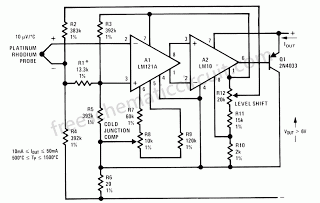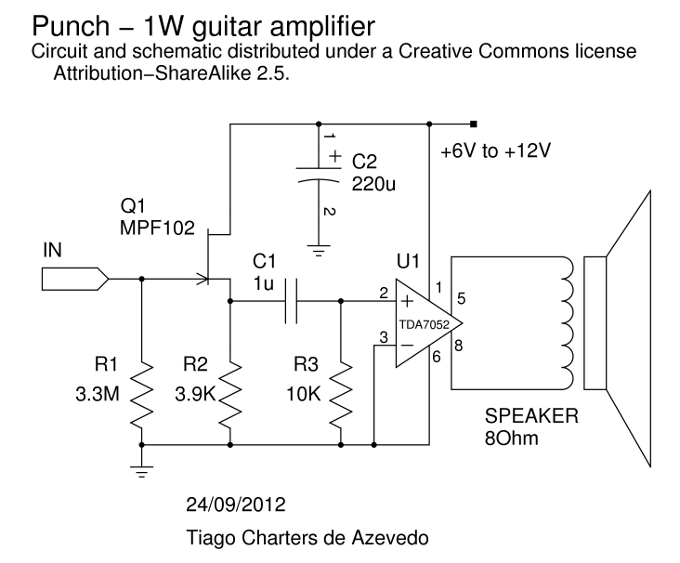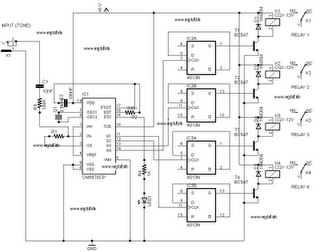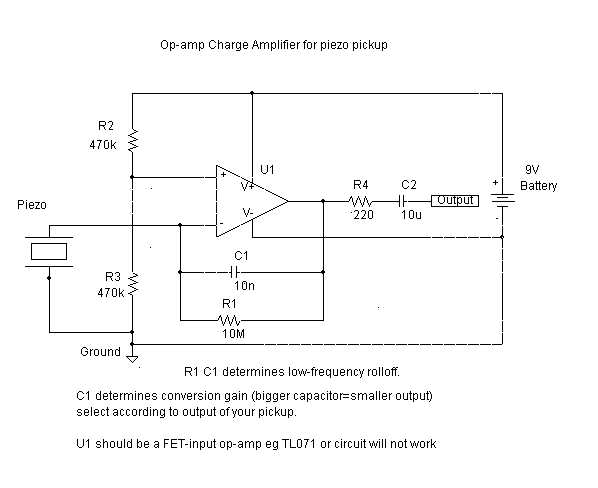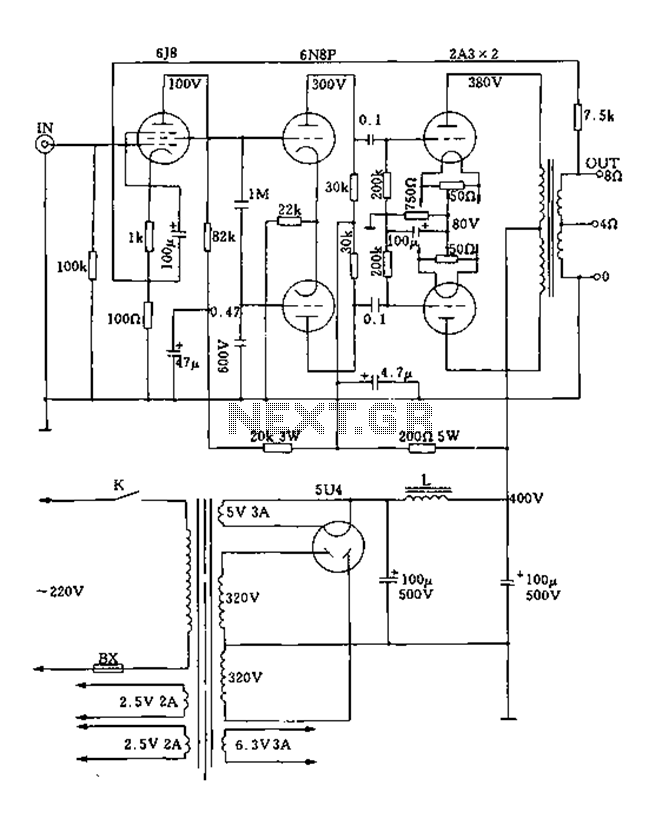
5.3W Amplifier With Surround System
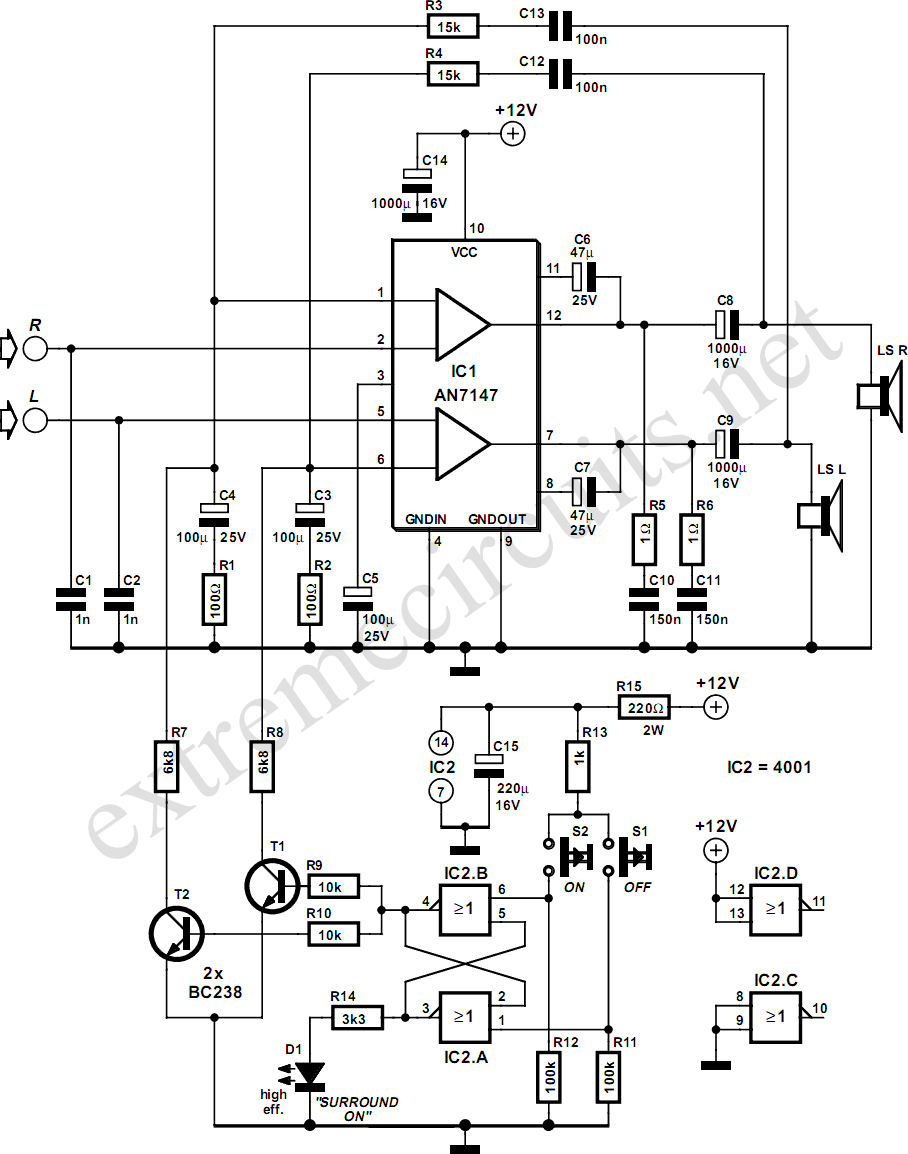
The AN7147 Dual 5.3-watt Audio Power Amplifier from Panasonic is categorized as a replacement type, indicating its anticipated availability in the market for an extended period. When combined with additional components, it can be configured to create a simple surround-sound system that does not require operational amplifiers or a negative voltage supply. As illustrated in the circuit diagram, the basic stereo amplifier can be transformed into a surround-sound system using a technique known as feedback addition from the opposite channel. When surround sound is desired, the negative feedback signals provided by capacitors C13 and C12, along with resistors R3 and R4, are routed to the inputs of the other amplifier. This results in a phase difference that produces the surround effect. If surround sound is not needed, the effect can be disabled by pressing push-button S1. This action toggles a bistable circuit constructed with IC2.A and IC2.B, which drives transistors T1 and T2, effectively grounding the aforementioned negative feedback signals. To prevent exceeding the maximum output current of the CMOS 4001 device, a high-efficiency LED and a series resistor of 3.3 kΩ (R14) should be utilized. The amplifier should not be loaded with impedances lower than 3 ohms. The AN7147 can typically deliver up to 4.3 watts into a 4-ohm load. The SIL-12 package requires cooling with a small heatsink rated at about 6 K/W or better. The quiescent current is relatively low at just 19 mA.
The AN7147 Dual 5.3-watt Audio Power Amplifier is designed for high-performance audio applications, particularly in compact surround-sound systems. This amplifier's architecture allows for straightforward integration into various audio projects without the need for complex circuitry or additional power supplies. The feedback mechanism utilized to create surround sound enhances the listening experience by providing a spatial audio effect that mimics a multi-channel environment.
In the circuit, the feedback from the opposite channel is critical for achieving the desired surround sound effect. Capacitors C13 and C12, along with resistors R3 and R4, form a feedback loop that couples the output of one channel to the input of the other. This arrangement creates a phase shift that enriches the audio output, producing a more immersive experience for the listener. The push-button switch S1 offers a user-friendly method to toggle between stereo and surround modes, allowing for flexibility in audio playback.
The design considerations for the AN7147 also include thermal management. The SIL-12 case necessitates the use of a heatsink to dissipate excess heat generated during operation, ensuring reliable performance and longevity of the amplifier. A heatsink with a thermal resistance of 6 K/W or lower is recommended to maintain optimal operating temperatures.
It is essential to adhere to the loading specifications of the AN7147, as connecting loads with impedances lower than 3 ohms may lead to overheating or damage to the amplifier. The output capability of 4.3 watts into a 4-ohm load indicates that this amplifier can deliver sufficient power for small to medium-sized audio applications, making it suitable for various consumer electronics.
Overall, the AN7147 amplifier stands out as a versatile component for audio engineering projects, offering both performance and ease of use. Its design supports the creation of sophisticated audio systems while maintaining a straightforward implementation process, making it a valuable choice for engineers and hobbyists alike.The AN7147 Dual 5. 3-watt Audio Power Amplifier from Panasonic is listed as a replacement type` so hopefully will be around for some time to come. Together with some extra components, it can represent a simple surround-sound system requiring no opamps or a negative voltage supply.
As shown by the circuit diagram the basic stereo amplifier is change d into a surround-sound system by a trick called adding feedback from the opposite channel`. When surround sound is required, the negative feedback signals supplied by C13-R3 and C12-R4 are fed to the inputs of the other` amplifier. The resulting phase difference causes the surround effect. If surround sound is not required, the effect can be disabled by pressing push-button S1. This causes the bistable built around IC2. A and IC2. B to toggle and drive transistors T1 and T2 such that the above mentioned negative feedback signals are effectively shunted to ground.
A high-efficiency LED and a 3. 3-k series resistor (R14) should be used to make sure the maximum output current of the CMOS 4001 device is not exceeded. The amplifier should not be loaded with impedance`s smaller than 3. The AN7147 will typically supply up to 4. 3 watts into 4 . The SIL-12 case needs to be cooled wit a small heatsink of about 6 K/W or better. The quiescent current is modest at just 19 mA. 🔗 External reference
The AN7147 Dual 5.3-watt Audio Power Amplifier is designed for high-performance audio applications, particularly in compact surround-sound systems. This amplifier's architecture allows for straightforward integration into various audio projects without the need for complex circuitry or additional power supplies. The feedback mechanism utilized to create surround sound enhances the listening experience by providing a spatial audio effect that mimics a multi-channel environment.
In the circuit, the feedback from the opposite channel is critical for achieving the desired surround sound effect. Capacitors C13 and C12, along with resistors R3 and R4, form a feedback loop that couples the output of one channel to the input of the other. This arrangement creates a phase shift that enriches the audio output, producing a more immersive experience for the listener. The push-button switch S1 offers a user-friendly method to toggle between stereo and surround modes, allowing for flexibility in audio playback.
The design considerations for the AN7147 also include thermal management. The SIL-12 case necessitates the use of a heatsink to dissipate excess heat generated during operation, ensuring reliable performance and longevity of the amplifier. A heatsink with a thermal resistance of 6 K/W or lower is recommended to maintain optimal operating temperatures.
It is essential to adhere to the loading specifications of the AN7147, as connecting loads with impedances lower than 3 ohms may lead to overheating or damage to the amplifier. The output capability of 4.3 watts into a 4-ohm load indicates that this amplifier can deliver sufficient power for small to medium-sized audio applications, making it suitable for various consumer electronics.
Overall, the AN7147 amplifier stands out as a versatile component for audio engineering projects, offering both performance and ease of use. Its design supports the creation of sophisticated audio systems while maintaining a straightforward implementation process, making it a valuable choice for engineers and hobbyists alike.The AN7147 Dual 5. 3-watt Audio Power Amplifier from Panasonic is listed as a replacement type` so hopefully will be around for some time to come. Together with some extra components, it can represent a simple surround-sound system requiring no opamps or a negative voltage supply.
As shown by the circuit diagram the basic stereo amplifier is change d into a surround-sound system by a trick called adding feedback from the opposite channel`. When surround sound is required, the negative feedback signals supplied by C13-R3 and C12-R4 are fed to the inputs of the other` amplifier. The resulting phase difference causes the surround effect. If surround sound is not required, the effect can be disabled by pressing push-button S1. This causes the bistable built around IC2. A and IC2. B to toggle and drive transistors T1 and T2 such that the above mentioned negative feedback signals are effectively shunted to ground.
A high-efficiency LED and a 3. 3-k series resistor (R14) should be used to make sure the maximum output current of the CMOS 4001 device is not exceeded. The amplifier should not be loaded with impedance`s smaller than 3. The AN7147 will typically supply up to 4. 3 watts into 4 . The SIL-12 case needs to be cooled wit a small heatsink of about 6 K/W or better. The quiescent current is modest at just 19 mA. 🔗 External reference

